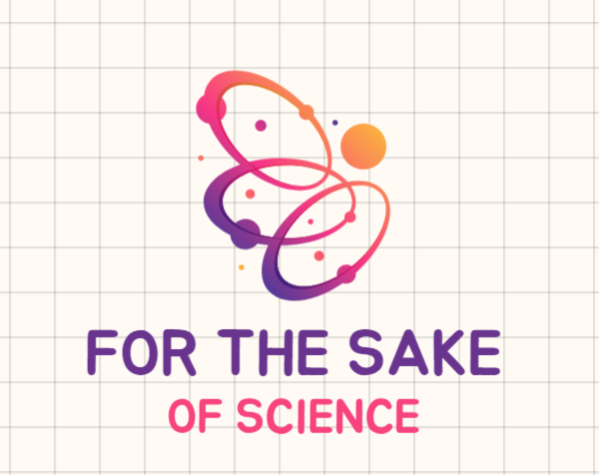
What Have We Learned About Workplace Wellbeing in COVID19?
All challenges are also opportunities for learning and growth, and the current COVID19 pandemic has been no exception.
As families (or single people) we have all learned more about each other and ourselves, how to be with each other more and also respect each other’s unique space. We have asked ourselves what is truly important to us, and developed new passions and new hobbies and skills while we stayed at home to slow the spread.
But what about our working lives? What has COVID19 taught workplaces and employers?
There are clearly many takeaways in regards to working remotely that will change from workplace to workplace – and while teachers will all maintain that nothing can compare face-to-face learning, we all learned that we CAN make this work remotely. Many of us are doing so once again at the time of publishing this article. And like many other workplaces, there were some changes to practice such as attending meetings remotely that may be here to stay. We may even have a platform for work flexible work in terms of hours and locations – it could revolutionise how we see working in the future.
But what about how we feel in our workplace – a concept known as workplace wellbeing. As we missed our colleagues, our work and our routines, never before have we taken the time to consider what we love about our work. So here are some key takeaways from me…
Positive Relationships Are Key
If there is one thing that COVID19 has taught us all about our workplaces, it is just how vital our relationships are with those who we work with.
Working from home showed us how much we enjoyed our colleagues – the regular interactions, the solving of problems over cups of coffee in the staffroom or perhaps even a laugh over lunch.
But for others, missing some toxic complexities of workplace relationships meant a release from some of the stresses of our daily work lives. And we recognised how much time and energy we waste by managing egos or complaining to each other…
You might even enjoy something I found on my computer recently – Jon Gordon’s The Positive Pledge. It might be a good time to share this with your team or boss. You may also find his video useful too.
Stay Positive Jon Gordon – https://www.youtube.com/watch?v=1R2QlAnKTDw
Communication is Also Key
COVID19 caused high levels of workplace uncertainty – and this only accounts for workplaces that stayed open. My heart goes out to all those who were – and perhaps still are – out of work due to the pandemic.
We worried about job security, new ways of working, understanding what was needed of us and more… and so the importance or clear communication became a primary takeaway.
Regular, clear, concise communication between employers and staff was needed and appreciated. And we learnt that sometimes emails aren’t always the best way to get messages across – although it was an easy default whilst working remotely. But phone calls, zooms and videos – especially to staff we knew were struggling, helped as you felt a more personal connection to the communication, and could engage in more dialogue to clarify points.
Workplaces established systems to check in on each other regularly. Maybe it was a buddy system, or a role attached to team leaders or the creation of new roles – we realised we needed to check in and touch base and look after each other.
We also recognised that friendly, incidental communications that make up our day also have the power to make our day. As I mentioned earlier, the chats over coffee in staffrooms or while waiting for people to arrive to a meeting are sometimes our best moments. We developed a deeper appreciation for this and found ways I believe to make these happen – texting photos, chats via Teams and so on. I also heard a great many wonderful stories on workplaces setting online challenges or playing collaborative games online to keep fostering that sense of team, connection and enjoyment.
We Thought Creatively
Although many workplaces had to change processes on the fly, sometimes we found new ways of working that were better. In fact, some of the successes in remote working were hugely innovative and some people found the freedom assisted them to come up with entirely new projects and processes. Many of the best thinking tools that teachers use routinely with students involved looking at things from new perspectives, or adding in and taking away new elements to create new products. By freeing ourselves from the expected, and breaking routine sometimes new opportunities were opened to us.
After all, this Wellbeing Hive is a product of COVID19!
We Actively Valued Down Time
It was gratifying in the teaching space to see more and more people acknowledge the importance of wellbeing for students, but also to see that we all realised the need for self-care. And it wasn’t just the shift in feeling the pressure to come to work even if you were ill – a shift which I think is here to stay. It was a genuine understanding that to manage in these strange and difficult times we need to look after ourselves. We were encouraged to switch off and take breaks. I am one of those people who always works through breaks and eats at my desk or runs around at recess and lunch looking for staff and students – but while working remotely I used my breaks as opportunities to get out into the fresh air and away from the small space of my home study.
I am speaking in general terms here only and this is obviously also informed by my own experience and that of those I am close to – do you have stories to add to this? Insights you took away? Things that might be useful now that we are in Lockdown 2.0. Love to hear from you in the comments.






